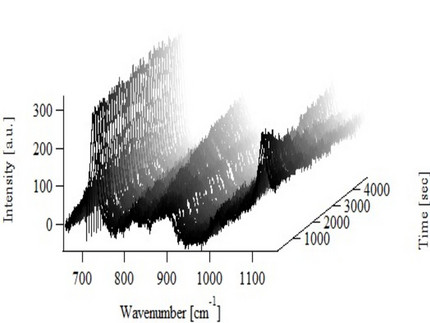Hydroloysis of ATP: Limits for life?
The enzymatically controlled reaction of adenosine triphosphate and water plays a key role in the system of energy production and consumption of all known organisms. In extreme environments at high temperature, e.g., near black smokers on the ocean floor, the reaction takes place in an uncontrolled manner. In order to make life at extreme conditions possible, a mechanism must exist that makes ATP accessible for energy transfer. In this study, the velocity of the reaction of ATP and water is determined using Raman spectroscopy and a hydrothermal cell at various conditions (temperature, pressure, composition of solution). These observations will provide insights to the limiting parameters for life and essential mechanisms of survival on the molecular level.

